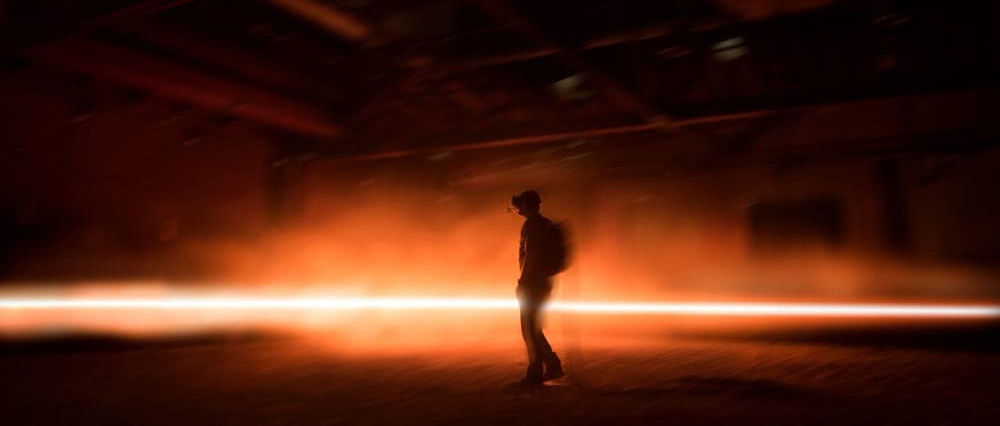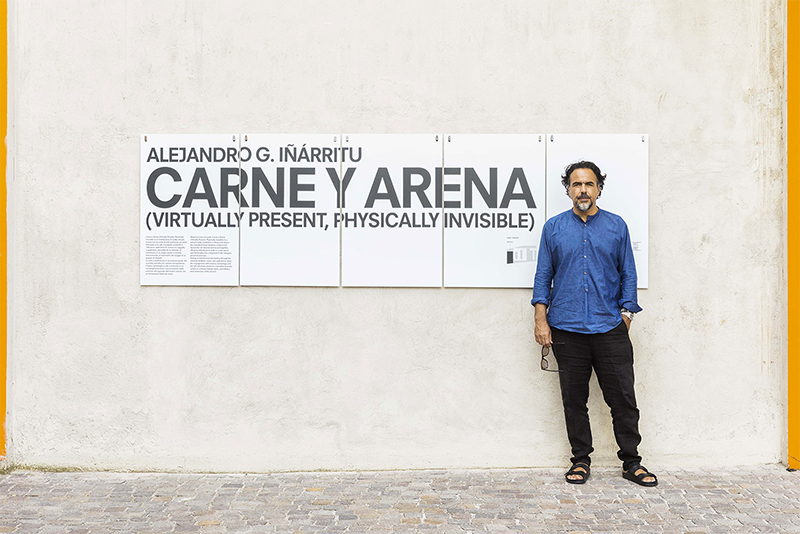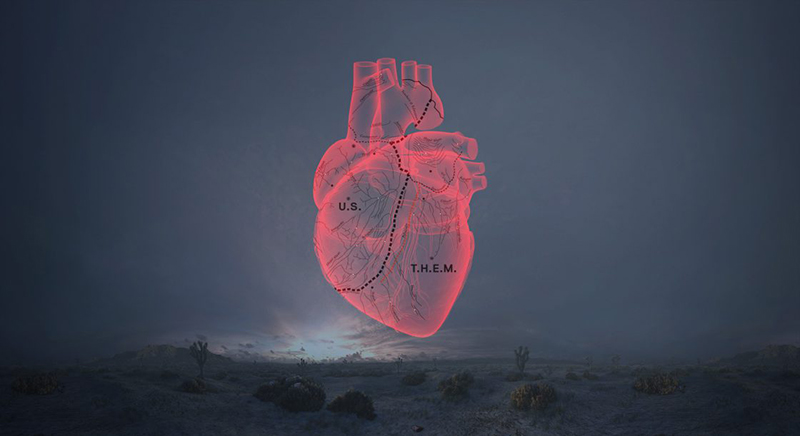
Mobility in the Age of Coronavirus
mars 16, 2020 — The Big Picture
I am writing this text from my apartment in Milan and today is my 10th day confined at home. It seems incredible now, to think that I spent last Thursday evening planning the weekend for my kids.
The entire city is now at home, streets are empty and silent – our movement reduced to the minimum in order to contain the expansion of the virus.
I work as a transport planner and I run, together with my partners, an international planning office of about 50 people headquartered here in Milan. Currently we are all working from home. We have been working remotely for a while now as I read online that a lot of firms around the world are following suit.
In these days it is impossible not to think about when – back in the 80’s – various sociologists envisaged the “end of the city”, the progressive nebulization of the traditional city thanks to mass digital connectivity that would enable our desynchronized society to operate in a radically different way, massively reducing the need of physical interaction.
Reality has proven to be much different as cities are showing to be – by far – the preferred background of our lives, our preferred stage, where we love to interact.
The last decades have also witnessed an exponential growth in per capita kilometers consumption, instead of slowing down because of climate change issues, we keep on moving more and more – a totally unsustainable pattern.
Can we say now that the desire for physical connectivity is so undeniably strong that we cannot conceive a progressive reduction of our hyper-mobile society? This terrible event tells us that there are new ways of doing things.
Although we are social animals and we need to interact physically, it is undeniably true that thanks to mass digital connectivity we can now, more and more, interact efficiently together.
The “digital handshake” – the ability to substitute physical connection through digital technology and generate the same level of trust and intimacy – might not be there just yet, but our mass connectivity already allows us to efficiently interact in large numbers of people.
We know by now that cities are not to fade away but rather the opposite, cities are getting larger and larger, but we also know that we can reduce a relevant part of trips thanks to our ability to digitally connect close enough to a “digital handshake”.
The pressing danger we feel because of the virus has forced us to change our habits, we can now imagine the possibility of systemically changing our travel agenda, massively impacting our emission patterns.
The ability to communicate remotely hence reducing our need to move is – in my opinion – the most interesting technology ahead of us when it comes to transportation.
I believe that as the hype for driverless cars fades away (do we really need more cars?), digital connectivity will emerge as the most promising transportation technology.
Clearly most of our trips linked to socializing will still happen physically, but a large portion of trips will progressively be dissolved by the digital connectivity.
As I am writing this brief meditation, my memory brings me to one of the most unsettling experiences I had. On a cold morning of January 2018, I went to see an exhibition here in Milan, at Fondazione Prada – an exhibition designed by the great Alejandro Iñárritu, the director of Amores Perros, Birdman, The Revenant.

I did not know what to expect aside from the brutal treatment by the US Border Patrol towards Mexican migrants caught trying to cross the border illegally and that Iñárritu used immersive technologies. The exhibition was in a wide empty dark domelike space crossed by a bright horizontal red light, I had to walk alone bare foot on the sand and gravel laid on the floor. I was given a sort of helmet with a visor blocking my view, I could not see anything as the visor was producing a blurry white light until suddenly it was dark and then… I was in a wide empty space at the Mexican border, side by side with the migrants, I saw their faces, their voices, I felt their fear.
The exhibition was called “Carne y Arena, virtually present physically invisible”.

Featured photo: © Alejandro G. Iñárritu: CARNE y ARENA (Virtually present, Physically invisible)